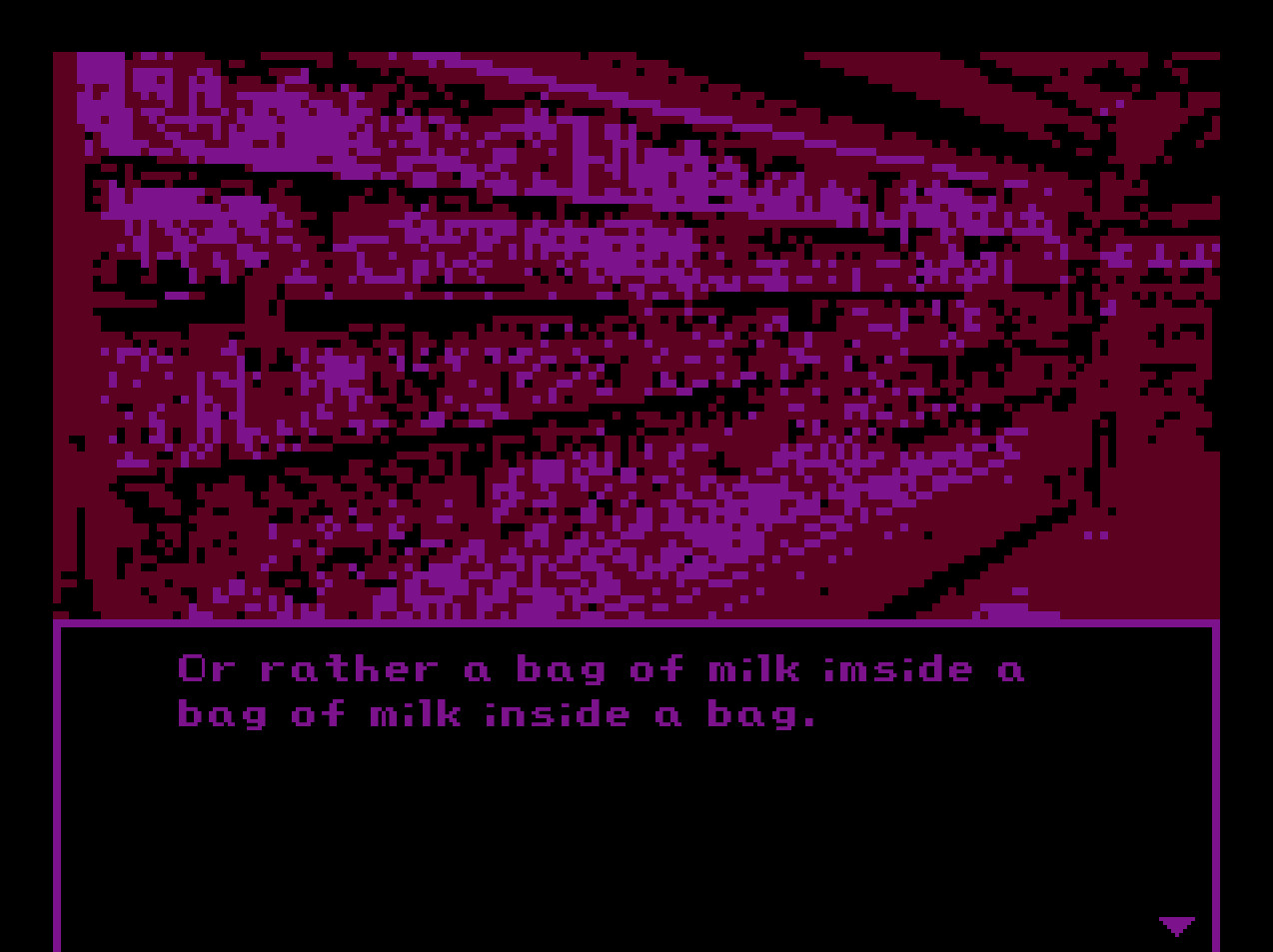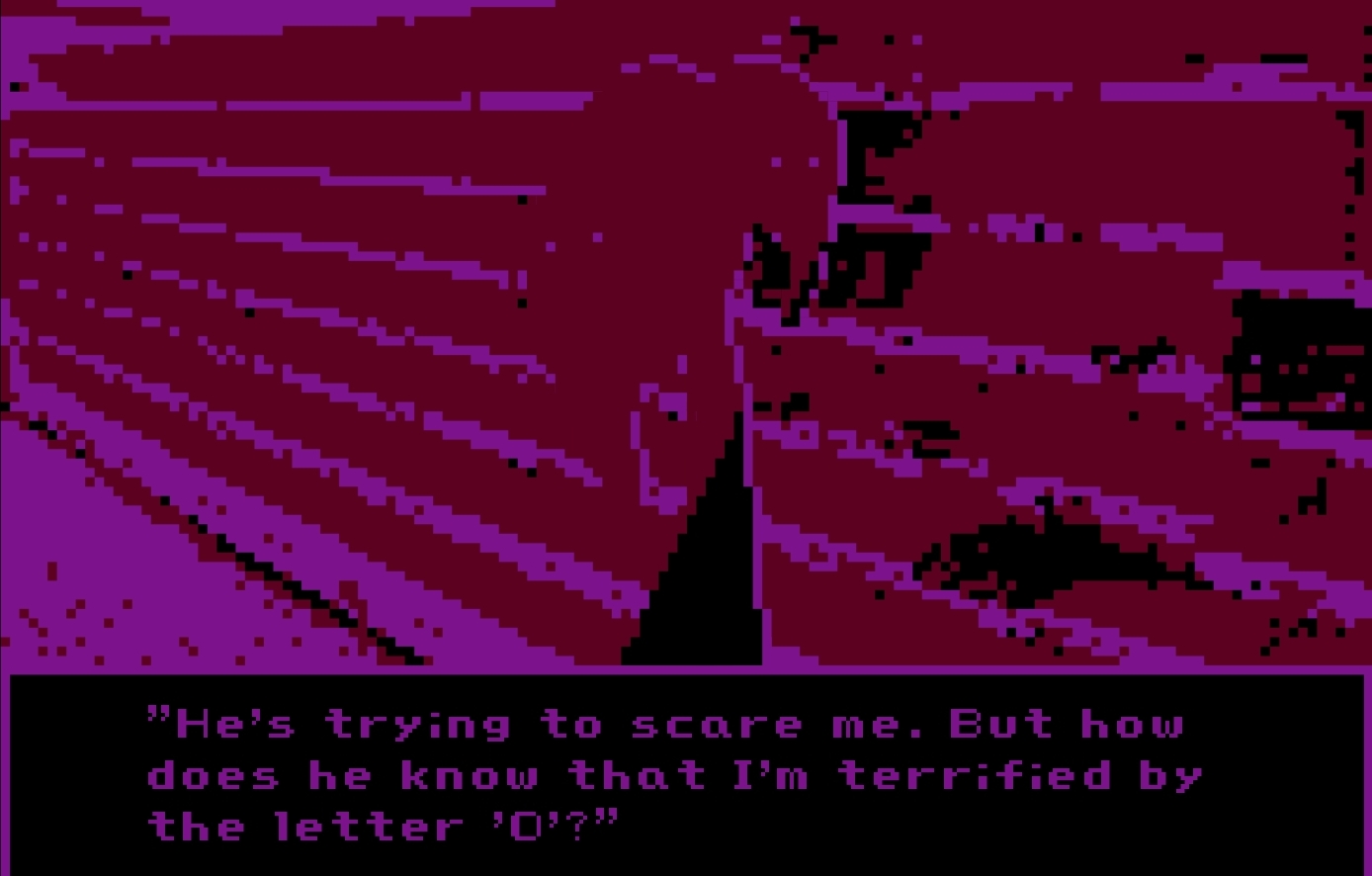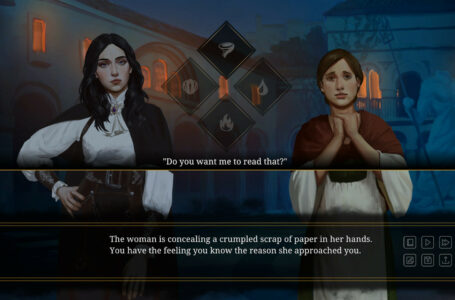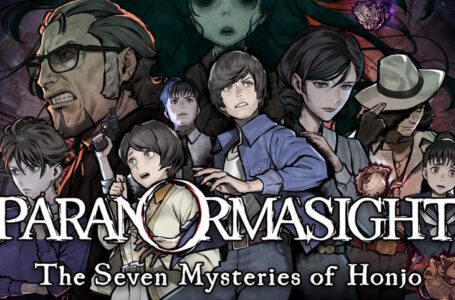The harrowing horror of indie visual novel Milk inside a bag of milk inside a bag of milk
Milk inside a bag of milk inside a bag of milk was released on the 26th of August 2020 by Nikita Kryukov, and is as bizarre as it sounds. But when we look past the horror label of this short, experimental visual novel it shows an exceptional exploration into the complicated subject of mental illness.
Please be advised that the game deals with potentially upsetting subjects such as depression, mental illness, violence and death, and these will be discussed within this article. With this being a 20-minute game that costs just 79p, we strongly suggest you play the game before reading the article to avoid spoilers!

A game both disturbing and comforting
The game’s objective is simply to retrieve a bag of milk, which in itself may seem like a bizarrely mundane task. But the game’s aesthetic is indicative of how the unnamed young female protagonist feels especially hopeless about such a seemingly trivial matter, from the distorted text sound when proceeding with the narrative to the droning, ominous main music played throughout the first scene. It is obvious from the start how important our choices are for the sake of our character’s wellbeing. In fact, a bad ending involving a jump scare will quickly end the game if you choose to question their mental state too often or be dismissive of her! In this way, the title effectively relays the importance of understanding one another without presuming or judging, and places great importance on how much we value and care about this troubled young girl by the time she opens up about her trauma, and finally explains how her anxiety and current mental state came to be.
It’s perhaps no surprise when the experience turns out to be quite “meta”; the lead character acknowledges that they are in a game and that “you”, the player, do not exist; instead your selections are what part of her happens to be thinking. This is reinforced very effectively with the emphasis on the concept of repetition in the game: as seen everywhere from its title to sequences where your input needs to be retyped or selected multiple times. It demonstrates that the girl is clearly uncomfortable with being reassured, as she feels she cannot believe or accept your words. This is a deliberate subversion of visual novel conventions, where choices are sacrosanct, and is played around with exceptionally well to express this struggle from both our point of view and hers. Her inner thoughts and value of herself are so critical and full of self-loathing that any encouragement or guidance falls on deaf ears, making our perspective feel insignificant and helpless, but also providing a realistic representation of living with mental health issues. This could be due to the girl’s habit of pushing others away due to her trauma — or perhaps because her only current relationship is a very distant, poor one with her mother.

More than a typical horror
The title’s retro horror appearance is telling of what scenes await you in its short run time; the few landscapes seen are highly surreal, abstract and covered in red. Everyday normal objects and people are hard to make out when we are put into the shoes of the protagonist, giving us an immediate sense of foreboding. One of the very first lines is “I’m on my way to the store, rehearsing the speech” which is an early sign of her troubled mental state. She makes it apparent that she rarely goes outside, is critical of herself and has not managed to do something as seemingly straightforward as buying a bag of milk in a long time — until she concocted this “other voice” in her head: the player.
You provide input and guidance on her seemingly simple task to buy milk, but her inner thoughts are often at conflict with your “voice”. You’ll quickly come to understand the difficulties she faces every day, whether her mental state is either unfamiliar to you — or comfortingly relatable. Over time, it becomes apparent that the title does a great job of showing how significant everyday events can affect those with mental health issues — though it is important to note that the girl never wants to state her symptoms. Due to the subtle hints throughout her journey, a lot can be suspected or theorised, but nothing concrete is stated.
For example, at a point where the character focuses too much on her thoughts, she realises thanks to you that she has been walking on asphalt with her left foot and on grass with her right foot for a whole minute. Her awareness of this causes her to feel the need to retrace her steps as a way to balance out her “mistake”, noting down how many steps she has taken (45 on the left, 41 on the right). It suggests that she suffers from a condition such as obsessive-compulsive disorder, a theory further supported by her becoming frozen in place when trying to determine how to correct her mistake, even going as far as to put blame on herself.

A horror that hits close to home
In one of the few instances the protagonist speaks to another character, the other character appears to simply say “O”; the protagonist stresses that they believe this character is trying to scare her, since she has an irrational fear of the letter. To demonstrate this to the player, she shows you a sudden image with an ominously zoomed in, blacked out circle for an uncomfortable period of time — then the scene continues on as if nothing had happened, as if this was just a common occurrence for her. This is just one moment of how the title constantly makes you feel this ominous and foreboding sense of dread until the eventual reveal of her trauma.
By the time she shows us an image from her memory and asks us “what do you see?”, we know the answer can’t be good. And no matter what repeated term you use to describe what you might be looking at from the abstract image, she identifies it as the remains of their father. She mentions how difficult her family is, but points out how unexpected his suicide was. This is important to note for later. The trauma brought on from seeing such a scene made her suffer from a form of amnesia since this is her last memory she can recall.
When she returns to her house, she dangles herself from a railing, seemingly hypnotized by the long drop as she tells of the uncomfortable side effects of her medication where unnatural noises makes her dissociate with the real world. Despite how concerning this moment is to us it also has a hand in explaining the abstract world we are seeing through her own eyes due to her medication. There seems to be an obsession with her looking down from great heights, and while this has made her fear of heights disappear and is the only time she feels at peace, it almost sounds as if she wants to recreate her father’s misfortune.

The final scene is easily the most unnerving, spine-chilling six lines of dialogue exchanged I have ever seen in the genre. As the young girl starts to become more comfortable and energetic when conversing with us, we have to shut her down and remind her to go home, with her seeming to not appreciate being reminded of this. We quickly learn why.
There is a penetrating silence quite unlike the rest of the title once we come to her home, along with the most clearly visible image within the game of another character. This character opens the door, but appears completely emotionless and almost inhuman, much like everything else in her world. This person’s delivery of a slower, simple question — “did you bring milk?” — is uncomfortably menacing and cold towards the young girl. Then we realise this is her mother.
Her mother’s question “did your new medicine help?” shows no concern or warmth but instead feels forced and distant, sounding like she wants to get their conversation over with, with the daughter’s response of another simple and short “yes, mum” feeling like an admission of defeat. After this is the command of “Go to bed”. There is no friendliness or consideration felt by the character’s own mother — she seems just as tired and annoyed by her daughter’s mental state as we might feel by this point, especially when we are left with only one dialogue choice, even if we feel more sympathetic towards her. The sense of isolation and sadness is penetrating.

What’s definitely the most horrifying aspect of the story is the suggestion that her father’s death may not have been suicide. As our heroine is trying to purchase the bag of milk at the store, she utters “but please! Mum will throw me out of the window if I get back without milk!”
You could almost miss this detail if it wasn’t for it being a memorable line from the trailer — and when linking this hint to the fact that the dad supposedly threw himself out of the window, it sends goosebumps down your spine. And, of course, the disturbing, chilling, short and tense exchange between the mother and daughter suggests our young girl may well know the truth of her father’s fate.

Final thoughts
For such a cheap asking price and short runtime you have no reason to skip out on experiencing this special title. Its short story is highly effective in making you care for the young girl and see the challenges she faces.
Many people in our own world struggle with issues such as those depicted here, making it potentially reassuring for those who have felt such a way, while helping to educate those who are fortunate enough to live with good mental health. Additionally, its horror is set so realistically that it makes for one of the most memorable and haunting endings within the genre. Equipped with a strong, distinctive production style thanks to its disturbing retro art and the foreboding discomfort of its droning music, it’s a memorable indie gem that will never be forgotten once experienced.
Support the developer by purchasing their title on Steam and follow them on Twitter for updates such as the confirmation of its sequel already being in development!
Join The Discussion
Rice Digital Discord
Rice Digital Twitter
Rice Digital Facebook
Or write us a letter for the Rice Digital Friday Letters Page by clicking here!
Disclosure: Some links in this article may be affiliate links, which means we may earn a small commission if you make a purchase after clicking on them. This is at no additional cost to you and helps support Rice Digital!
- Sigh of the Abyss: Shadow Bonds – Prologue Review - October 7, 2023
- Is She The Wolf? is wickedly addicting TV - October 6, 2023
- The steady consumption of Slow Damage - October 5, 2023






